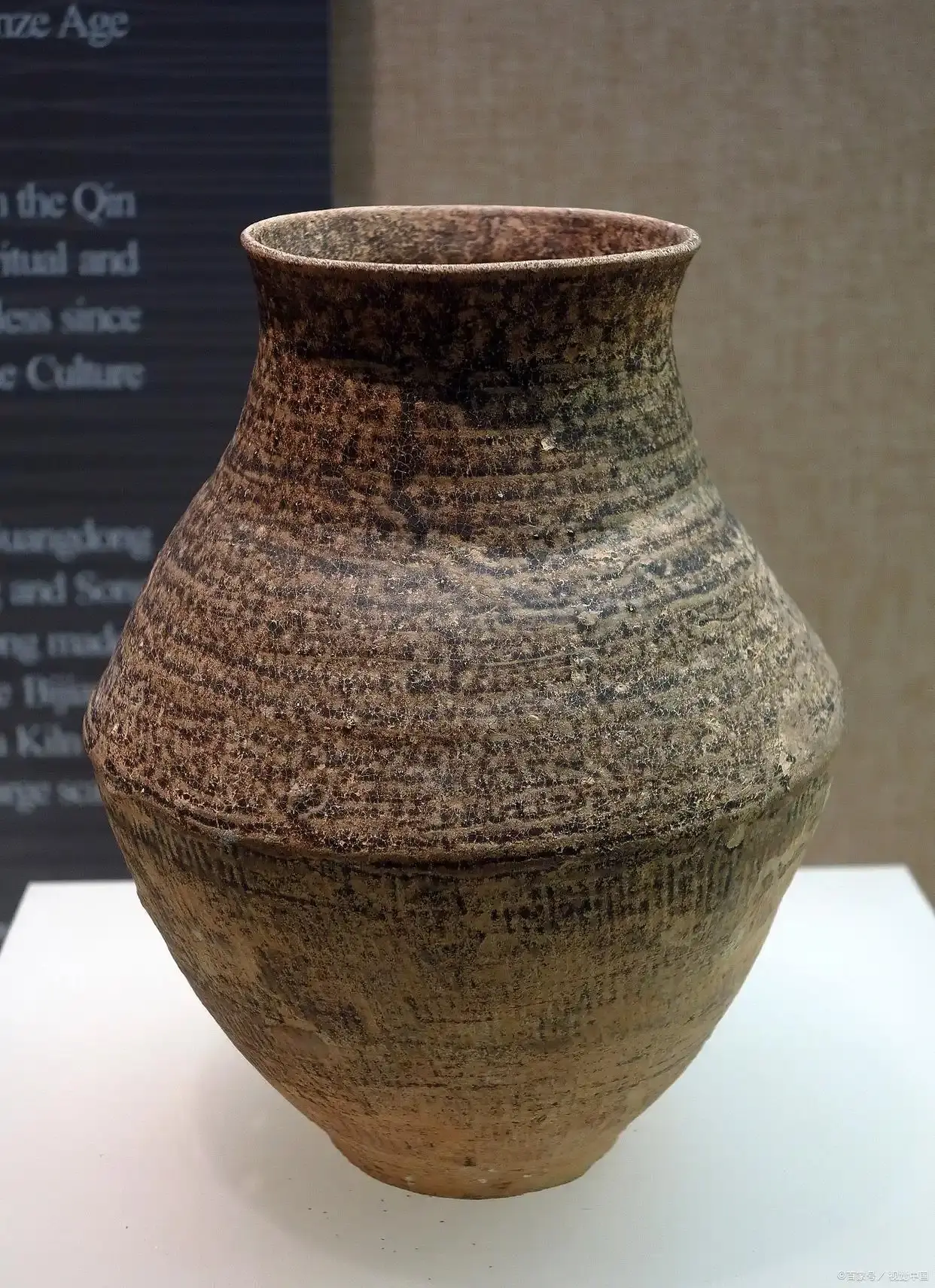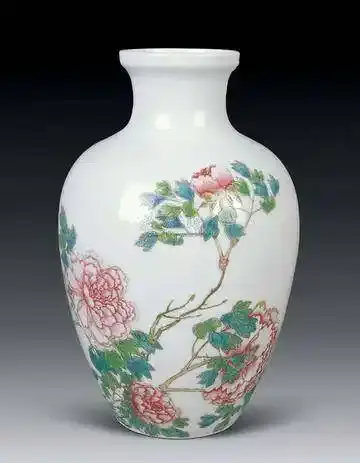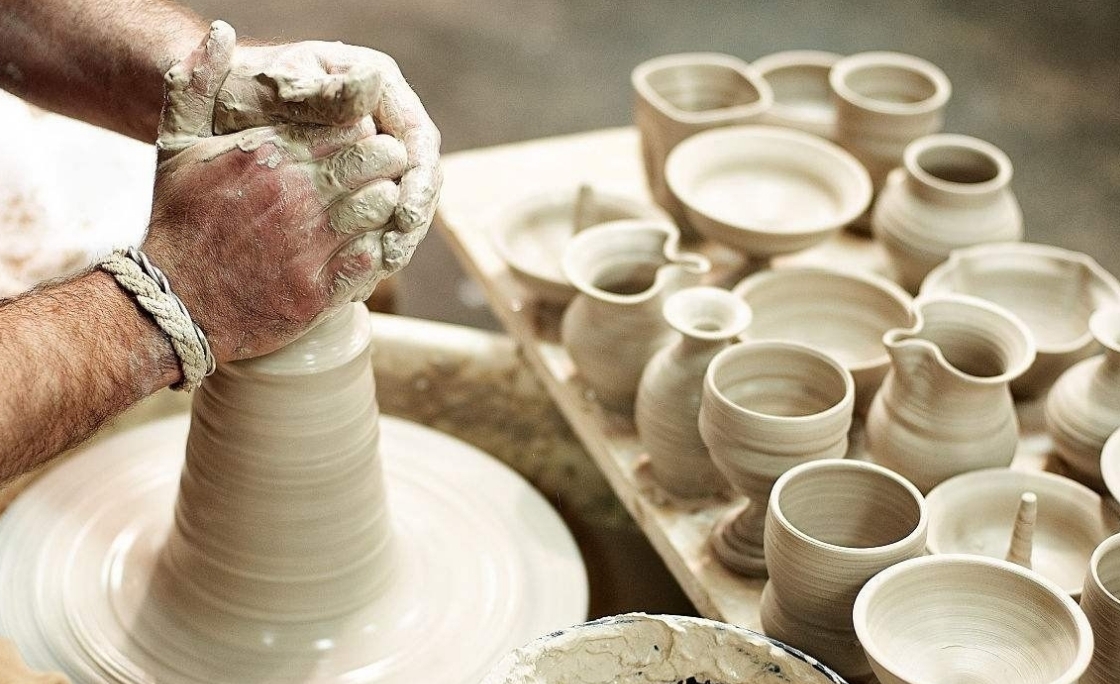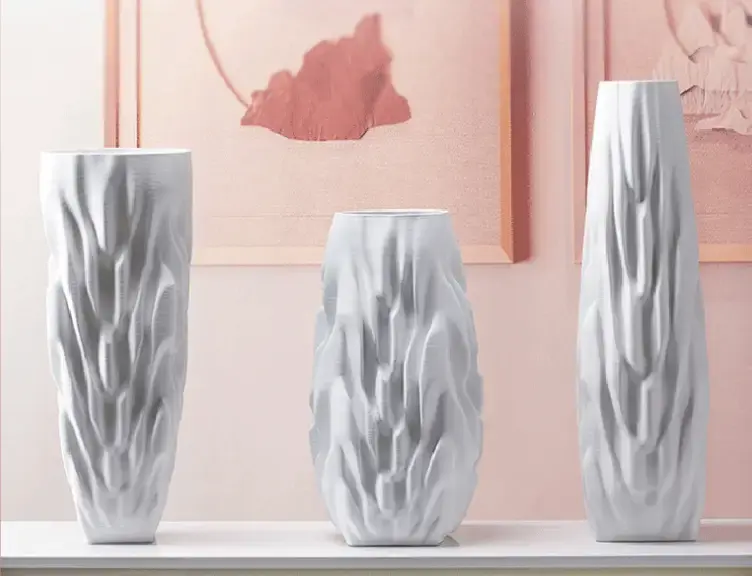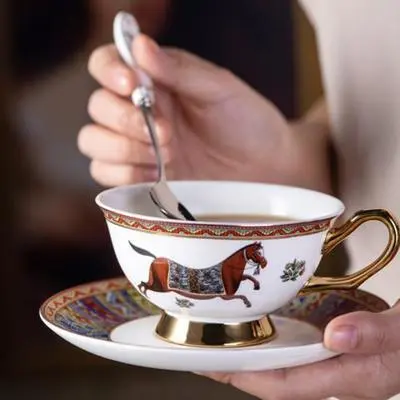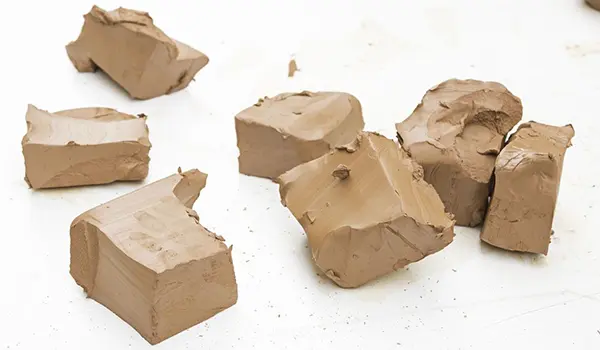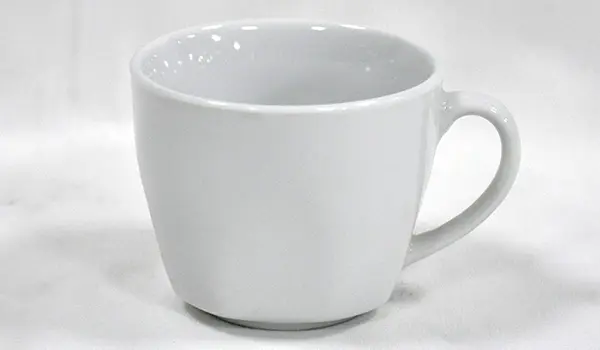Hand-Painting and Decal Artistic Charm
In the world of porcelain, hand-painting and decal application are two frequently discussed techniques. Hand-painting, as the name suggests, involves artisans using brushes dipped in glaze to meticulously outline patterns on the surface of porcelain. This craft requires profound painting skills and rich artistic imagination, with every stroke embodying the artisan’s dedication and creativity. On the other hand, decal application involves printing pre-designed patterns onto paper, which are then transferred onto the porcelain using decal. While this method is more efficient, it lacks the artistic uniqueness and individuality of hand-painting.
Comparing the Artistic Value of Hand-Painting and Decal Application
In the process of porcelain production, hand-painting and decal application are two highly regarded techniques. Hand-painting stands out for its artistic uniqueness, while decal application prioritizes production efficiency. These two methods complement each other, contributing to the diversity and richness of the porcelain world.
Hand-painting, an ancient and exquisite craft, requires artisans to wield their brushes skillfully, dipping into glaze to carefully depict intricate patterns on the porcelain surface. Every stroke reflects the artisan’s wisdom and creativity, making each hand-painted piece unique and full of artistic charm. In contrast, decal application is a more efficient production method. It involves printing patterns onto paper first, which are then transferred onto the porcelain using decal . Despite its efficiency, decal application falls short in comparison to the uniqueness and artistic value of hand-painting. Understanding these two techniques reveals how their perfect combination has collectively shaped the brilliance and diversity of the porcelain world.
Exploring Blue-and-White Porcelain Techniques
Blue-and-white porcelain is a technique where designs are applied directly onto the ceramic body, covered with glaze, and then fired at high temperatures of around 1310°C. This method boasts a profound historical legacy, with Jingdezhen’s renowned blue-and-white porcelain being a prime example, showcasing the unique charm of underglaze painting.
Blue-and-White Art Across Different Eras
In the journey of exploring blue-and-white porcelain techniques, we further compare works from the Yuan, Ming, and Qing dynasties. The blue-and-white porcelain from these periods not only exhibits distinct artistic styles but also reflects the unique technical characteristics of their respective times. The comparison of Yuan, Ming, and Qing blue-and-white porcelain highlights the evolution and charm of this art form, showcasing how each era contributed to its development.
Overglaze Painting and Decal Techniques
Overglaze painting ensures color durability through secondary firing, while decal application achieves rich decorative effects by transferring pre-designed patterns. Overglaze painting is an artistic technique where designs are painted onto the already glazed surface of fired porcelain.
Artists use various pigments to meticulously create vibrant patterns, which are then fired again at low temperatures of around 750°C to ensure the colors adhere firmly to the porcelain, resulting in a unique aesthetic appeal. This technique requires not only exceptional painting skills but also precise control over colors and temperatures, making it a standout feature in the art of blue-and-white porcelain.




